Before we say goodbye to summer, we celebrate a staple of the season with six sizzling cinematic gems honoring the spirit of the drive-in.
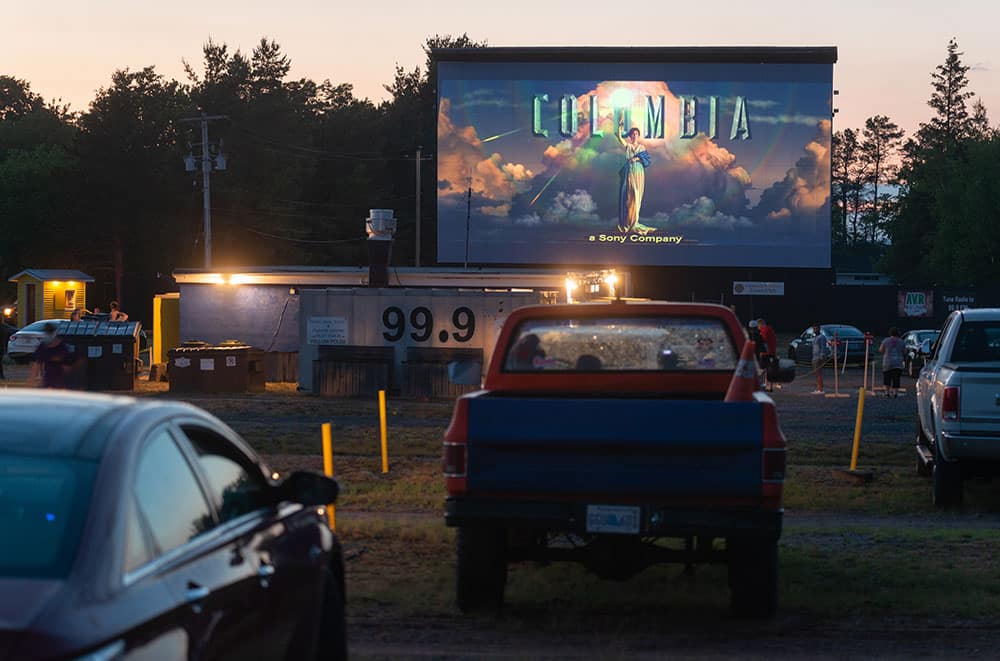
If you’re a film fan — especially one harboring horror predilections — the sweltering summer months always bring an undeniably retro treat: the drive-in movie theater.
A favored Americana getaway, the drive-in theater has had a fascinating cruise through the roads of history, with early forms of the medium emerging in the 1920s before Richard M. Hollingshead, Jr. patented the idea in Camden, New Jersey, in 1933.
For decades, the drive-in was as American as apple pie, and budding monster kids were swept up in the outdoor celebration of cinema under the stars as scores of regional filmmakers began whipping up homemade B-movie efforts as a way to pack in audiences eager for summer movie delights.
As America entered the late-60s and 1970s, the drive-in theater’s content eroded from its more innocent fare and embraced harder-edged material before the ‘80s saw the emergence of physical media that allowed the public to enjoy the latest sleazy release from the comfort — and privacy — of their own home.
Across the country, a good chunk of drive-ins hung the speakers of up for good, but amazingly, several managed to keep the projectors flickering for cinema fans craving a tiny taste of yesteryear.
In the wake of the COVID-19 pandemic, the local indoor chain theaters were forced on hiatus. Remarkably, the drive-in saw a sudden resurgence in popularity, finding droves of folks packing up the family wagons and lining up bumper-to-bumper for a good old-fashion outdoor movie experience.
For years, the horror community has harbored a soft spot for the drive-in theater.
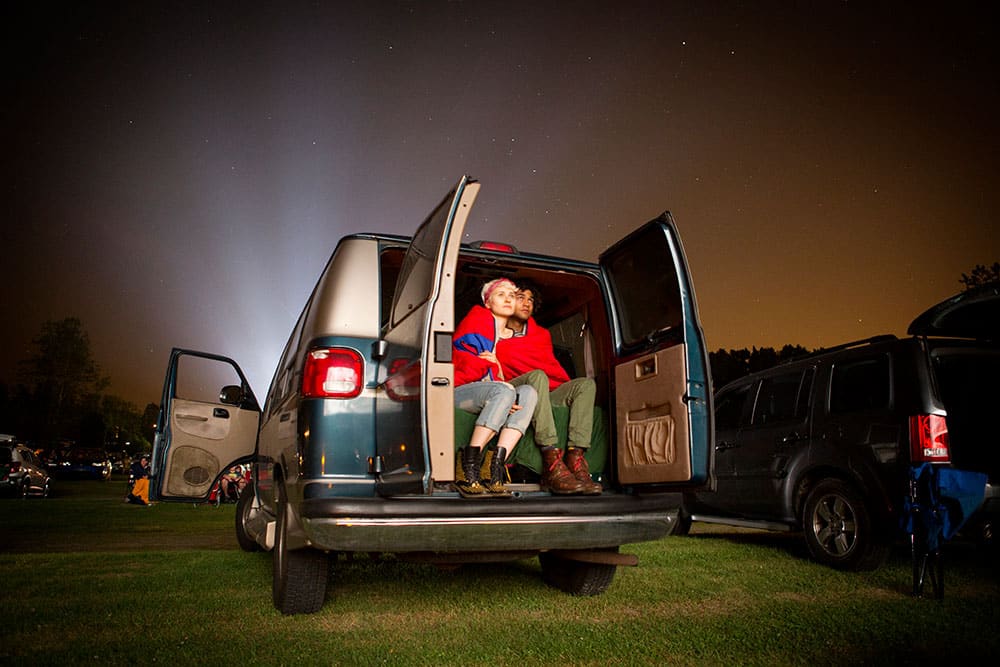
That’s mostly because of the B-grade sci-fi and horror films that packed out those catchy double feature bills that promised to send thrills and chills directly through those iconic silver speakers.
With the spike in revival theaters and a growing interest in all things retro, many drive-ins, including Pennsylvania’s coveted 35mm mecca The Mahoning Drive-In Theater and Ohio’s blissfully nostalgic Aut-O-Rama Drive-In, have been encapsulating the experience by the carloads, serving up classic horror and cult films for the crowds born after the drive-in boom and the ones who warmly remember the butter-drenched romanticism and wish to step back into the past.
Over the years, many filmmakers have used the drive-in theater as a backdrop for their own horror yarns.
There have been quite a few to bask in the neon glow of the roadside marquees, some of which have been campy and some have been pretty unnerving.
Here I have selected a handful of drive-in set horror films that wonderfully salute the magic cast by that exotic cinematic creature known as the drive-in.
It’s showtime, folks! And remember to hang the speaker back up when you leave!
1. TARGETS (1968)
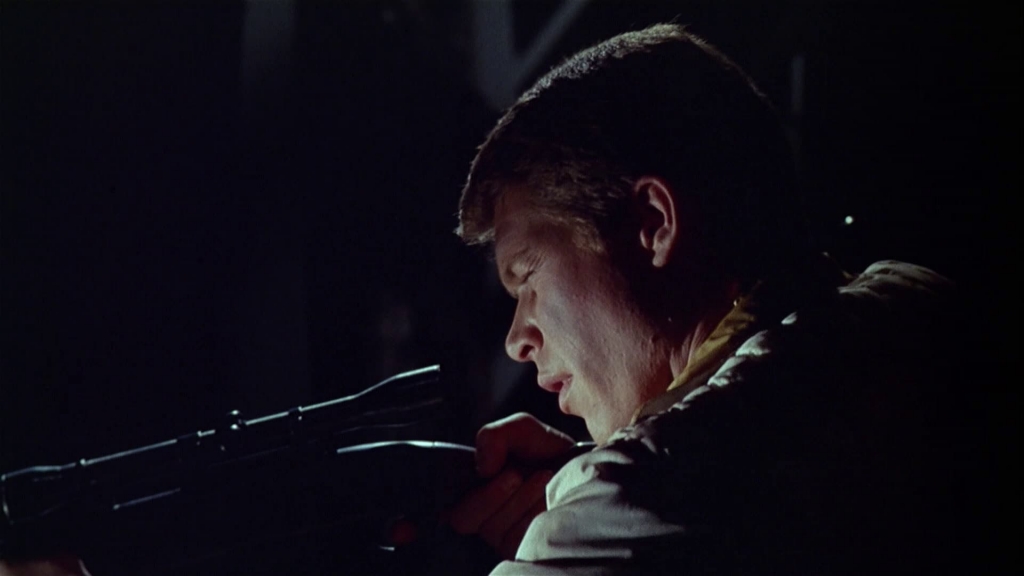
In 1968, director Peter Bogdanovic and producer Roger Corman crafted a horror film that would signal the seismic shifts occurring within the horror genre.
They came out with one of the most essential horror films of the 1960s with Targets, a bone-chilling masterpiece led by a stellar final performance from horror heavyweight Boris Karloff.
Based on the horrific true story of spree killer Charles Whitman, Targets introduces us to Bobby Thompson, a clean-cut, all-American Vietnam veteran who returns home from a tour of duty wildly disturbed and trigger-happy. One morning, he snaps and goes on a shooting rampage that finds him crossing paths with Byron Orlok, an aging horror star doing a drive-in tour of his final film before retirement.
Using wanton carnage as groundwork, Targets finds Bogdanovic and Corman smartly capturing the cinematic monster’s metamorphosis on the drive-in screen.
By ’68, the world had seen enough real-world horrors in the rise of violence across the United States that even Frankenstein’s Monster himself, Karloff the Uncanny, found Targets a profound statement on the bloodied stars and stripes flapping stagnantly over this ailing nation.
What emerges is a film of unshakably disturbing imagery that forecasts the horror genre’s upcoming fixation on grizzled, blood-drenched offerings that would drizzle menacingly down those towering white edifices we know as movie screens.
Simply put, Targets probably left many hanging up their drive-in speakers through shaking hands and a renewed gut-wrenching fear over what atrocities Walter Cronkite might be reporting on during his top-of-the-hour eulogy on the current state of America.
Even more astonishing is how the film continues to reflect the incessant gun violence scaring our psyches, fueling the terrifying legacy of one of the finest horror films out there.
Targets is a must-see.
2. DRIVE-IN MASSACRE (1976)
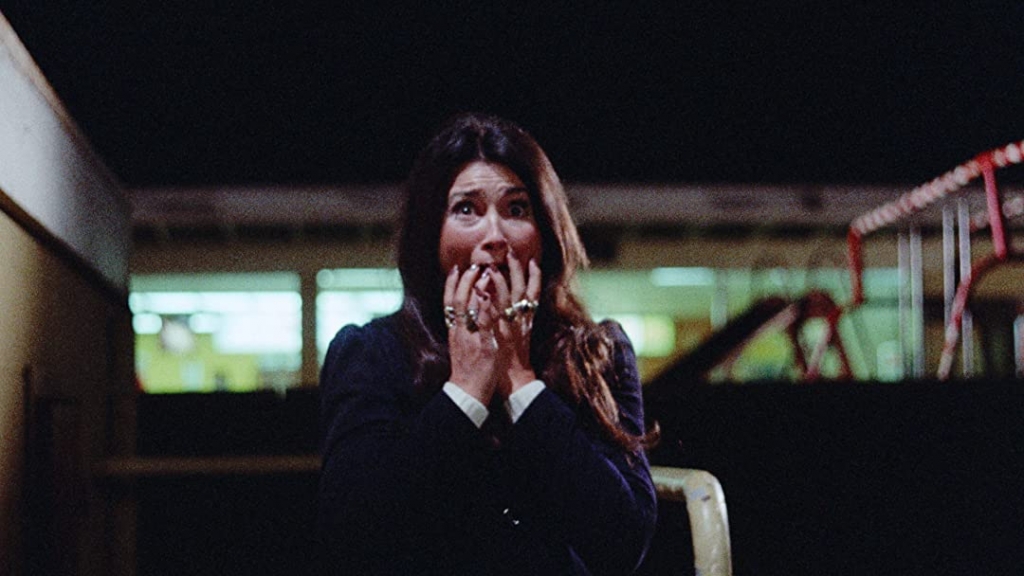
Arriving amid the drive-in’s freefall into dangerous deterioration, adult filmmaker Stu Segall’s Drive-In Massacre is arguably the most homegrown of the films on this list.
Premiering just before the slasher explosion that would swoop in on the carving knife of John Carpenter’s Halloween in 1978, Drive-In Massacre is worth exhuming for the way it assesses the exploitation audiences of the time, unfolding as a shrewd motif of the types of entertainment that played over the hot-and-sweaty passion pits your mother warned you to stay away from.
Drive-In Massacre tells the tale of a drive-in theater brought to its knees by a sword-wielding murderer randomly butchering the audience members under the cover of darkness.
Two police officers – who I swear could be twins – take on the case and immediately start eyeballing the testy theater owner and his simple groundskeeper. But as the bodies pile up, tempers flare, and the hope of catching the killer diminishes by the minute.
Alive with the budding spurts of rot and hopelessness that permeated the United States throughout the 1970s, DRIVE-IN MASSACRE is a down-and-dirty exploitation movie that wallows in its grainy filmstock, voyeuristic camera placement, and DIY-slashes of violence dipped in melted candle-wax blood.
It’s bargain-basement junk, but it’s weirdly far from shallow with what it attempts to communicate. It’s a film that stares right back at its disillusioned spectators who watch it dazed through a beer buzz or over the shoulder of their date as they make out.
It’s just as fascinated with you as you are with it.
It also seems to understand that this is exactly the type of material that fills the parking spots of the trash-strewn lots, resorting to extended takes that allowed teenagers to fire up their joints and flirt with their dates before the next hack and slash.
At times unintentionally hilarious through clunky overacting and a score that sounds like a reject for one of Segall’s pornos, Drive-In Massacre is an early proto-slasher acutely aware of its surroundings, and it plays its Bossa-Nova synthesizers with sweaty relish to the back of the lot.
And get a load of that wildly grim finale!
3. RUBY (1977)
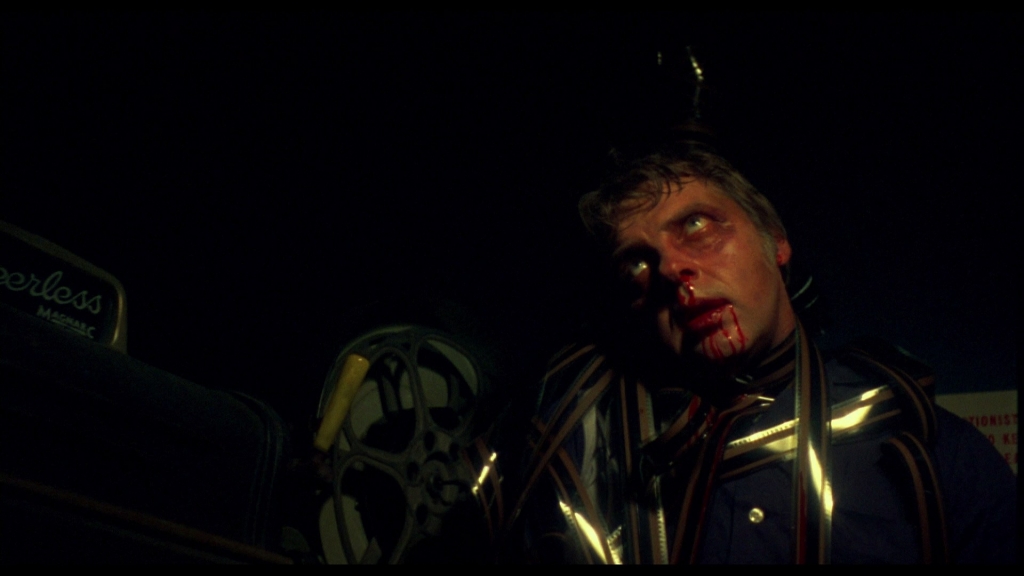
Probably the lesser-known film listed here, 1977’s Ruby is a unique blend of slasher and supernatural tale that nabs more than a few gasps, even as it veers right into a big pool of sludgy cheese.
Directed by Curtis Harrington and released a few short years after The Exorcist, this noir-styled oddity about a gun moll, Ruby, who oversees a drive-in theater along with her mute teenage daughter sixteen years after witnessing her gangster boyfriend get whacked in a swamp, is a film that I can’t believe hasn’t found new life through a restoration at the hands of boutique distributors like Severin or Vinegar Syndrome.
It’s extraordinarily eerie when called to be, and it boasts some gnarly kills that will satisfy the gorehounds. But its use of the drive-in environment is what makes Ruby such a wicked little unsung gem.
In some of Ruby’s best moments, Harrington’s camera bops around the hustle and bustle of an ordinary night at the drive-in, with guests crowding the concession lines, couples cozying up in the front seat of their rides, and rows of astonished moviegoers slurping soda and cramming handful after handful of popcorn into their mouths as Attack of the 50 Foot Woman stampedes the screen.
While an undercooked possession subplot involving Ruby’s peculiar daughter does work against the film, Harrington makes up for it in a subtle commentary on the drive-in’s history in the form of Ruby’s past gigs as a has-been lounge singer and her stint as an “actress,” which she boozily clings to as she mumbles about audiences only craving blood-and-guts sensationalism.
Given when the film was released, it was a timely statement on the grimier content filling the drive-in double and triple bills, and a sigh over the fading glory of these outdoor cinema temples.
Led by an imposing turn from Carrie’s Piper Laurie, Ruby proved to be a hit, but much like the drive-in theater itself, history largely forgot about this wild little demonic horror picture. The film may not stick the landing, but it dolls out the creative kills and melancholy atmosphere by the popcorn bucketful.
This one is dying to be rediscovered.
4. DEAD END DRIVE-IN (1986)
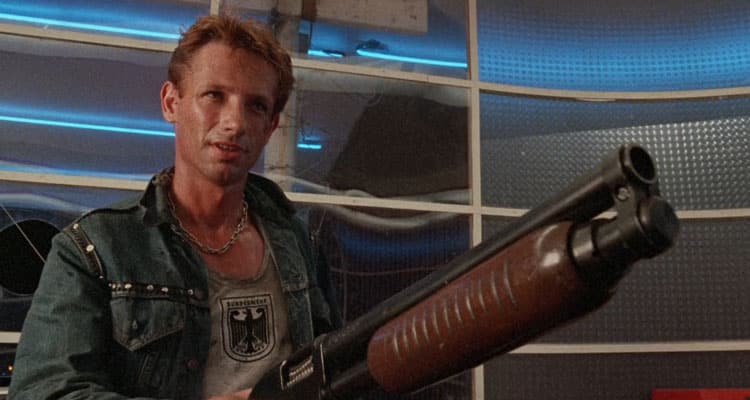
If you’re looking for something madly unconventional, look no further than Brian Trenchard-Smith’s punky Ozploitation extravaganza Dead End Drive-In.
Comprised of pastel ‘80s neon and the dusty dystopian landscapes of Mad Max, this demented little cult classic picks up in the near future where civilized society has collapsed, and a crime wave is gripping the Australian highways and cities.
One evening, a young couple — fitness freak Crabs and rebellious Carmen — venture to the Star Drive-In for a hot and heavy date night. After the couple loose their wheels at the hands of some malicious police offers, the couple discovers the Star Drive-In isn’t exactly what it appears to be. They find themselves trapped in a fortified wasteland where delinquent youth are fed a steady diet of junk food and exploitation movies.
Stuffed full of the same frazzled shenanigans of multiple other genre efforts to come from the land down under, Dead End Drive-In is cartoonishly bonkers in all the best ways.
But don’t be fooled, as Trenchard-Smith’s vision is way wittier than it initially leads on.
The film salutes the greasy goodness of the drive-in’s excesses while also using it as a commentary on those in positions of power gorging impressionable young minds on an endless stream of garbage: garbage diet, garbage entertainment, and garbage sensibilities — to the point where almost every soul stuck in the Star is a blissfully unhinged, soulless shell.
Even more amazing is the film’s second half, which finds the film’s grubby fingers pressed firmly to the pulse of post-Trump America. The hate-fueled populace of the Star watches in horror as foreign faces are brought into their idyllic wonderland, igniting a seething wave of racism and xenophobia that spreads like a plague.
Brimming with all the grimy luxuries genre fans could want, Dead End Drive-In stands as a deranged, leather-clad masterpiece of Ozploitation cinema.
It’s a midnight endeavor that makes sure to tick all the boxes for a crowd craving a sugary rush of excess, all telegraphed through the tinny speakers doting the rain-slicked asphalt.
5. PSYCHO BEACH PARTY (2000)
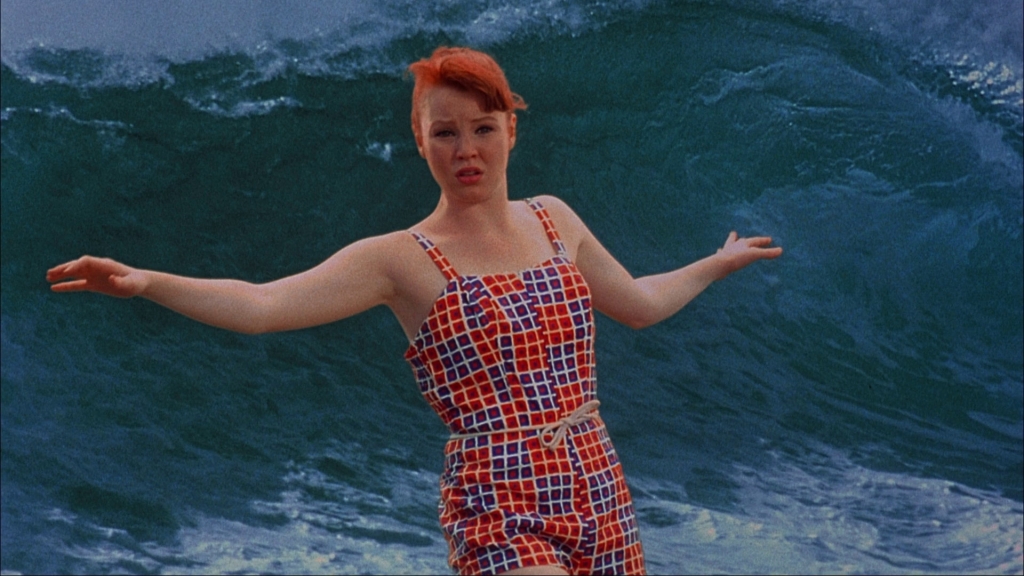
As America boorishly entered the new millennium, the last thing on the public’s mind was sun-kissed nostalgia for the drive-in theater and ‘60s beach party genre flicks.
The public was instead fixated on breaking stuff with Limp Bizkit, MTV and TRL’s boy band of the week, the rise of the internet, the fallout of the Clinton scandal, and that lingering paranoia over the digital nightmare that was Y2K.
Enter 2000’s Psycho Beach Party, an independent horror-comedy that mixed the previously mentioned beach party movies with an ‘80s slasher flick to fizzy success, at least for the genre fans who saw it. Based on the off-Broadway play by Charles Busch, Psycho Beach Party is in a bubblegum league of its own as it celebrates the zenith of B-movies and that alien automotive viewing experience.
Psycho Beach Party picks up in the early-1960s, with Florence “Chicklet” Forrest befriending a group of surfers led by the ultra-cool Kanaka. It turns out that Chicklet suffers from multiple personality disorder, which could be linked to a string of murders that kicked off at a local drive-in theater. As Chicklet navigates her new group of beach-bound buddies, they also befriend a famous B-movie starlet — Bettina Barnes — who is staying at a local beach residence with a sinister secret.
Decked out in coastal pastels and rocking to the sandy sounds of frenzied surf rock that would send Tarantino himself into a dancing tizzy, Psycho Beach Party arrived at the tail-end of the slasher craze that had gripped the ‘90s.
Slapped with a jovial grin and waving around a carving knife, director Robert Lee King delivers hilarious visual nods that tip the surfboard to the B-grade fluff that held the attention of Betty-and-Johnny teens during the McCarthy era with plenty of heavy WINK-WINKS.
With Busch at his side, the duo makes sure to skewer the innocence channeled by these long-lost pictures while also poking fun at the conservative gee-whiz gender roles that were still prevalent at the time of its release.
When it’s not carefully picking apart these genre treasures, Psycho Beach Party is feisty and brutal, with clever kills (Holy testicles in the mouth!) and an infectious euphoria that keeps you riding the deep blue waves from beginning to end. The opening moments set inside the drive-in burn brightly with pent-up teen heat, glib dialogue, and a throat-slicing surprise sure to send shock waves.
From there, its go-go dances, famous faces (Lauren Ambrose! Amy Adams!), and seaside shenanigans that gently reminded an eager nation drunk on the future to not completely forget its past.
6. THE TOWN THAT DREADED SUNDOWN (2014)

In 2014, Blumhouse and director Alfonso Gomez-Rejon aided in kickstarting the “requel” movement with 2014’s The Town That Dreaded Sundown.
Based on the 1976 slasher of the same name and loosely centered around the Texarkana Moonlight Murders that occurred in the mid-1940s, The Town That Dreaded Sundown takes the original and uses it in a spectacularly clever way, avoiding becoming a shot-for-shot duplication of a film that already held a decent amount of respect in the slasher community.
The Town That Dreaded Sundown picks up in modern day with the town of Texarkana holding a Halloween showing of the 1976 film of the same name at the local drive-in. To some, it’s a morbid fixation on a string of gruesome murders from the past, while others recoil in horror at the turnout.
Among the attendees is Jami and her date, Corey, who ultimately decide to skip out on the movie to a more private location of a remote lover’s lane. As it turns out, a madman is running loose, looking to open the wounds of Texarkana’s past. And after brutally murdering Corey, the hooded killer sends Jami stumbling back to the drive-in with a haunting message — the Phantom Killer has returned!
While not solely taking place at the drive-in, The Town that Dreaded Sundown 2014 smartly uses this old-fashioned manner of viewing a movie as a gateway into an almost endless sea of retro stylings that begins distorting the modern-day framing.
The costume design leans into the ‘70s, while the small-town setting gives a cozy, regional flair that fuels its throwback aspirations. When our heroine practically wanders out of a drive-in screen in the opening moments, the dimensions of the previous eras have been breached, and the time around us is a warped blur.
Immaculately gory, gratuitous, sharp, and unfortunately a little uneven in the haphazard third act, it’s not hard to see that everyone involved here is indebted to the nocturnal spirit of the drive-in’s catalog of celluloid corruption.
Aspects do feel amateurish, but you ultimately won’t hold it against the film when it looks this cool (footage from the original strikes like lightning throughout its brief runtime).
It fights its way out of the remake Thunderdome as one of the more singular revamps out there, leaving you with that appropriately scummy feeling you might have been struck with in the late ‘70s after you rocked all night to scratchy prints of explosive exploitation.


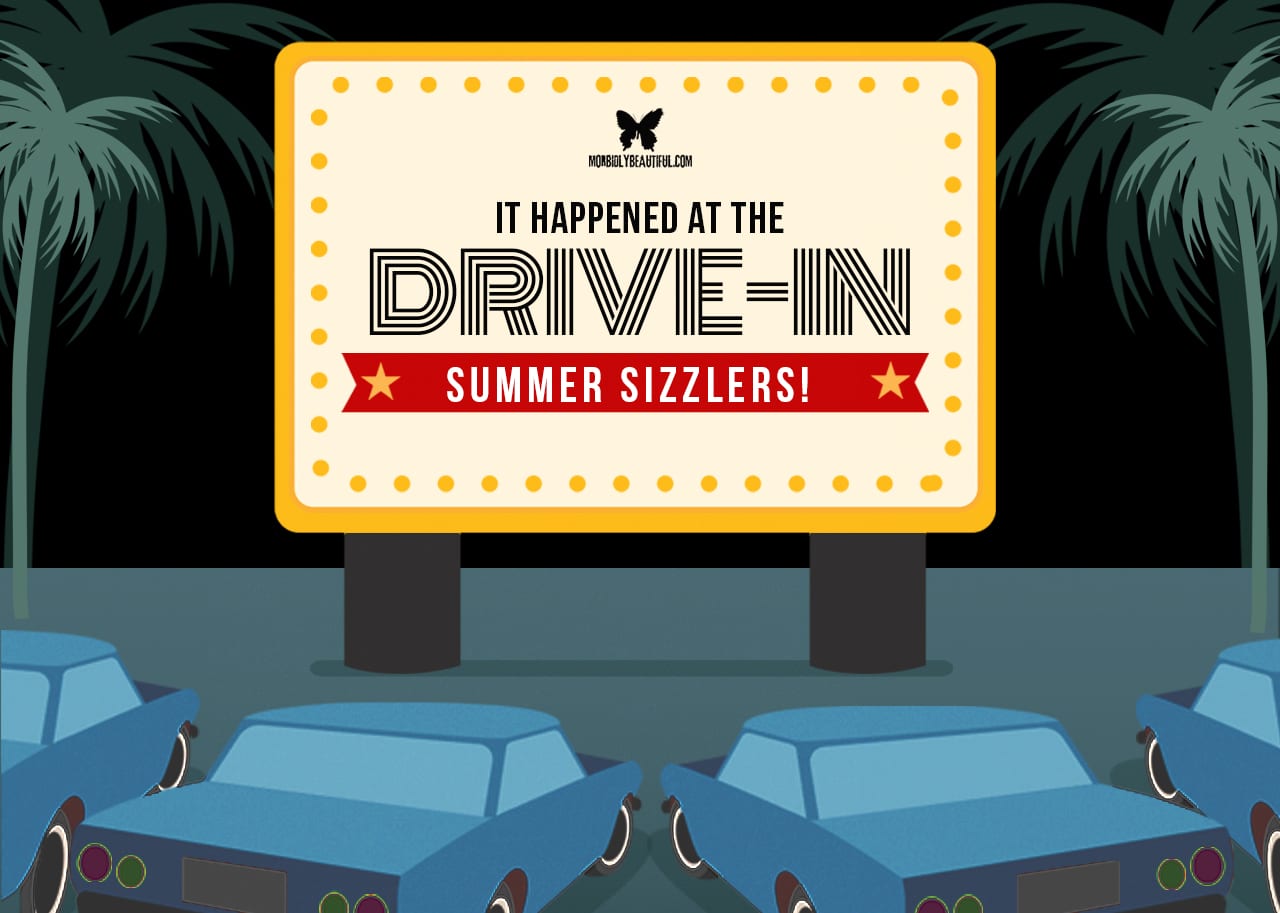
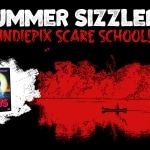
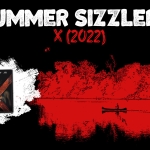







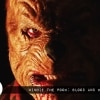
Follow Us!